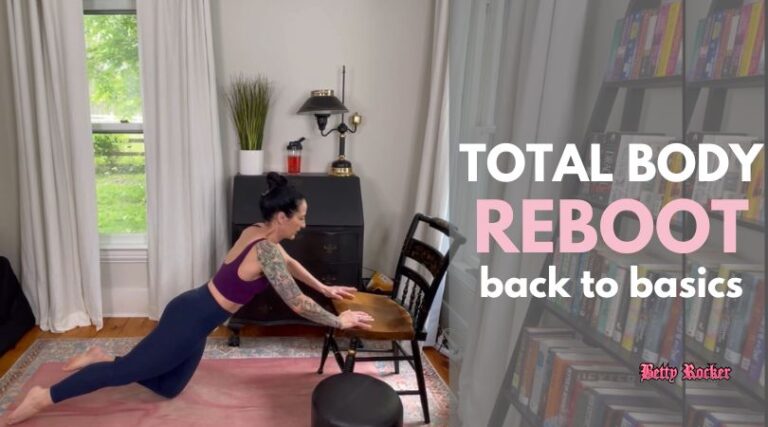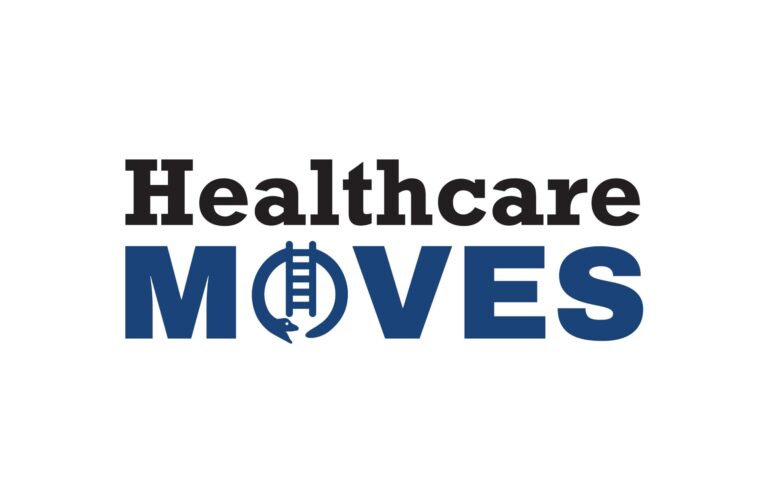
Who among us hasn’t taken a peek in the mirror and frowned at those pesky bulges that refuse to budge, even, it seems, in light of our best efforts?
Sometimes, it seems like those stubborn “saddlebags,” or fat around our hips and thighs, have taken up permanent residence. But take heart — we have good news. Through a mixture of exercise, diet, and lifestyle choices, you can melt these saddlebags away.
What Are Saddlebags and Why Are They a Concern?
We must familiarize ourselves with what we’re dealing with before we embark on our battle. Saddlebags refer to the fat deposits on the outer part of your hips, upper thighs, and buttocks. Several factors play into your tendency to store fat in this particular area, such as genetics, hormones, lifestyle choices, and diet.
It’s essential to understand that body diversity is a natural phenomenon, and what matters most is being fit, healthy, and content, especially in an age where digital platforms sometimes create impossible beauty standards.
Nevertheless, excessive accumulation of fat in this area might be related to some potential health concerns, like metabolic syndrome, insulin resistance, or other cardiovascular diseases.
How Can Exercise Help in Reducing Saddlebags?
Exercise is a fantastic tool that supports the reduction of fat across your body, including saddlebags. When you tone the muscles under the fat layer, it subtly reshapes and strengthens your body, providing a leaner appearance. Remember, genetics is not destiny.
Adding specific workouts targeting these areas into your exercise regimen can help you maintain muscle tone, improve your body composition, and encourage an overall healthier lifestyle. Pair these with balanced nutrition, and you’re set up for success!
The 10 Best Exercises for Targeting Saddlebags
Let’s dive into 10 powerful exercises to target saddlebags. Make sure you’re doing these exercises correctly — quality over quantity always wins the race when it comes to workouts.
1. Squats
Topping the list of most effective exercises, squats are a total lower-body workout that tones your glutes, thighs, and hamstrings. Squats target the muscles in your lower body, working them for strength and balance — it’s a win-win!
For beginners, perform squats using just your body weight, paying close attention to form.
Here’s how to do it:
- Stand up straight with your feet hip-width apart.
- Place your hands on your hips or extend them out in front of you.
- Bending at your knees and hips, lower your body as if you’re going to sit in a chair. Make sure your knees don’t go over your toes.
- Push your weight on your heels as you push back up to the starting position.
- Aim for at least two sets of 15 repetitions each.
- As you get stronger, consider adding weights or using a stability ball for another boost.
2. Lunges
Defined and toned hips, glutes, and thighs are just a lunge (or several) away. It’s a versatile exercise that can be done in various forms — forward, side, walking, or reverse lunges.
The key to effective lunges is maintaining a right angle in your front knee and keeping a slight bend in your rear knee as you finish each lunge to protect your joints. This modification helps engage your hip muscles more, encouraging muscle tone in your saddlebag area.
Here’s how to do it:
- Stand straight with your feet shoulder-width apart.
- Step forward with one foot. The further you step, the more your glutes and hamstrings will be engaged.
- Bend your front knee to a 90-degree angle. The back knee would ideally hover just off the floor.
- Keep your weight in your heels as you push back up to the starting position.
- Repeat with the other foot.
- Aim for two sets of 15 lunges on each leg and intensify the workout as you get stronger by adding weights.
3. Leg Raises
Leg raises can be done lying down or standing up, with both forms offering unique benefits. The side-lying leg raise targets the hip and outer thigh area tremendously well.
Here’s how to do it:
- Lie on one side with your legs fully extended.
- Prop your head on your lower arm and place your upper arm on your hip.
- Raise your upper leg as high as you can, keeping your hips steady and facing forward.
- Lower your leg back to the starting position. That’s one rep.
- Aim to complete at least 15 to 20 reps on each side.
4. Step-Ups
Step-ups are a practical, functional exercise that simulates actions we do every day, like climbing stairs. They work on the gluteal muscles and quadriceps, aiding in trimming down saddlebags.
Here’s how to do it:
- Stand in front of a step or bench and place one foot on the step.
- Push down through your heel to lift your body until both legs are straight. Be sure to engage your glutes and quadriceps.
- Lower your body back down until your back foot touches the floor.
- Switch legs and repeat. Aim for 10 to 15 reps per leg.
- To increase the challenge, hold a pair of dumbbells while executing the step-ups.
5. Hip Dips
If you’re looking for an exercise that packs a punch, look no further. Hip dips combined with a side plank position target the oblique muscles and thighs. This exercise not only helps in reducing saddlebags but also promotes core stability.
Here’s how to do it:
- Prop your body up on your right elbow in a side plank position, keeping your shoulder stacked above your elbow and feet stacked on top of each other.
- Lower your hips toward the floor, then lift them back up as high as you can.
- Try to keep a straight line from your head to your feet.
- Aim for 10 to 15 reps per side.
- As you grow more comfortable with this movement, try raising the top leg during the dips for an extra challenge.
6. Plank to Side Leg Lift
Planks are an excellent full-body workout, and adding a side leg lift engages and sculpts the hips and thighs. This combo targets the saddlebag area effectively while also developing core strength.
Here’s how to do it:
- Start in a high plank position, making sure your body forms a straight line from your head to your heels.
- Engaging your core, lift one leg out to the side as high as you can without letting your hips dip or rotate.
- Return your leg to the starting position to complete the rep.
- Aim for two sets of 10 reps on each side.
- As your body adjusts to this movement, try adding ankle weights for an extra boost.
7. Bicycle Crunches
Bicycle crunches are a fun take on the traditional crunch, targeting your lower abs, obliques, and hip flexors. It’s a great addition to your exercise toolkit to reduce the appearance of saddlebags.
Here’s how to do it:
- Lie flat on your back, place your hands behind your head, and bring your knees towards your chest.
- Start by straightening your right leg while bringing your left knee close to your chest.
- At the same time, bring your right elbow to meet your left knee, executing a twist.
- Switch sides and repeat with the opposite knee and elbow, mimicking a bicycle pedal motion.
- Aim for two sets of 15 to 20 reps.
- Remember to maintain a controlled, smooth motion to effectively engage the muscles.
8. Curtsy Lunges
Curtsy lunges are a stylish spin on traditional lunges that target the glutes and thighs in unique ways.
Here’s how to do it:
- Stand with your feet shoulder-width apart.
- Step your left foot diagonally behind you and bend both knees to lower your body down. It should look like you’re doing a curtsy.
- Return to the starting position, then repeat on the other side to finish the rep.
- Aim for two sets of 10 to 15 reps on each leg.
- For a greater challenge, add hand weights to the exercise.
9. Glute Bridges
Glute bridges are excellent for toning your glutes, strengthening your core, and molding those saddlebags.
Here’s how to do it:
- Lie on your back with your knees bent and feet flat on the ground.
- Lift your hips off the ground until your knees, hips, and shoulders form a straight line.
- Squeeze your glutes at the top.
- Keep your movements smooth and controlled, and slowly lower back down to the starting position — that’s one rep.
- Aim for two sets of 20 repetitions each.
- To increase difficulty, try holding a weight on your hips.
10. Fire Hydrants
This animal-inspired exercise is an effective way of isolating hip abductor muscles that often become underworked in everyday life.
Here’s how to perform this move:
- With your hands and knees on the ground, keep your back straight and look ahead.
- Without shifting your hips, raise your right knee out to the side as high as you can.
- Hold for a second, then return to the starting position.
- Alternate legs for one rep.
- Aim for two sets of 15 reps on each side.
- As you make progress, consider adding ankle weights for added resistance.
How Can You Integrate These Exercises Into a Daily Routine?
Once you’re comfortable with the basics, integrate these exercises into a regular workout routine. Implement two or three of these exercises into your routine, rotate between them to provide variety, and keep your muscles challenged. Repeatability is the key here; ensure you’re doing these exercises at least three times a week for noticeable results.
Remember that the aim is consistency, not perfection. Life happens — there might be days you aren’t up for a full-blown workout session. Instead of calling it a day, make a point to continue on a lighter note. Every step counts, so modify your routine to adapt to less energetic days, and remember to feel proud of your efforts.
The Importance of Nutrition
You’ve probably heard the saying, “You can’t outrun a bad diet,” and truthfully, it couldn’t be more accurate. Exercise and nutrition are two sides of the same coin, and coincidentally, both are non-negotiable if your goal is a balanced, healthy lifestyle that will help you shed weight and keep it off.
Dr. Kellyann emphasizes the importance of whole, natural foods. So consider swapping processed food for nutritious dishes that boost your metabolism and support balanced hormones. You can try increasing your intake of lean proteins, healthy fats, fibers, fruits, and vegetables in your diet, and make sure you’re drinking plenty of water.
The Bottom Line
Here’s what we’ve established: Genetics play a role in where our bodies store fat, but we are the compelling agents of change in our wellness journey. We possess the power to sculpt a better tomorrow, and with the right mindset, dedication, a well-rounded exercise routine targeting saddlebags, and thoughtful nutrition, you’re already there/
Embracing a holistic perspective toward health and wellness isn’t only about targeting areas we want to change or improve. It’s a commitment to nurturing our bodies as a whole, fine-tuning where necessary, all while cultivating love and respect for ourselves along the way.
Dr. Kellyann is here to support you every step of the way. You’re fully capable of achieving your wellness goals, and with resources like our meal plans and wellness tips, you’re never alone in your quest.
Sources:
Why Does Fat Deposit on the Hips and Thighs of Women and Around the Stomachs of Men? | Scientific American
If Saddlebags Are Genetic, Should You Give Up Trying to Lose Them? | Livestrong
What Students Are Saying About How Social Media Affects Their Body Image | The New York Times
You Can’t Outrun a Bad Diet, Authors Say | American Heart Association
Our Genes Affect Where Fat is Stored in our Bodies | ScienceDaily





